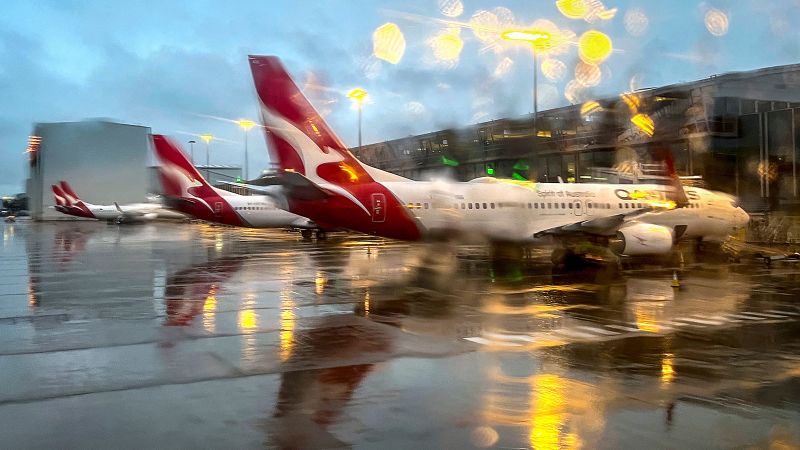Australian airline Qantas has revealed a significant data breach, impacting the personal information of approximately six million customers. The cyberattack, which occurred on Monday, targeted a third-party customer service platform utilized by a Qantas contact center. The airline disclosed the breach in a statement on Wednesday, noting that while the stolen data includes names, email addresses, phone numbers, birth dates, and frequent flyer numbers, it does not contain any credit card details, financial information, or passport details.
Upon detecting “unusual activity” on the platform, Qantas took swift action to contain the breach. The airline assured that all its systems are now secure, with no impact on its operations or safety. Despite this, the extent of the data stolen remains unclear, though Qantas anticipates it to be “significant.”
Qantas’ Response and Customer Support
In response to the breach, Qantas is actively working to support affected customers and is collaborating with the Australian Cyber Security Centre, Australian Federal Police, and independent cybersecurity experts to investigate the incident. Qantas CEO Vanessa Hudson expressed regret over the breach, stating, “We sincerely apologize to our customers and we recognize the uncertainty this will cause. Our customers trust us with their personal information and we take that responsibility seriously.”
Qantas has begun contacting affected customers to provide necessary support. Meanwhile, the airline’s share price experienced a 3.5% drop in morning trading, contrasting with a 0.4% gain in the broader market, as reported by Reuters.
Australia’s Cybersecurity Landscape
This incident adds to a growing list of cyberattacks in Australia, highlighting the country’s vulnerability to such threats. In 2019, a cyberattack targeted Australia’s ruling and opposition parties just months before a national election. Two years later, broadcaster Nine News suffered a significant cyberattack, disrupting live broadcasts and marking the largest cyberattack on an Australian media company.
More recently, in 2022, Russian cybercriminals executed a ransomware attack on Medibank, one of Australia’s largest private health insurers. The attack compromised sensitive personal data, including health claims information, of 9.7 million customers, some of which was released on the dark web. In response, Australia imposed sanctions on a Russian national linked to the attack, who was believed to be part of the notorious REvil ransomware gang.
Implications and Future Considerations
The Qantas data breach underscores the persistent threat of cyberattacks on major corporations and the critical need for robust cybersecurity measures. As companies increasingly rely on third-party platforms, the importance of securing these systems becomes paramount.
Experts suggest that organizations should conduct regular security assessments and ensure that their third-party partners adhere to stringent cybersecurity standards. The Qantas breach serves as a stark reminder of the potential risks associated with digital transformation and the need for continuous vigilance in safeguarding customer data.
Looking ahead, the airline industry, like many others, must prioritize cybersecurity to protect against future threats. As Qantas works to mitigate the impact of the breach and restore customer trust, the broader business community is reminded of the ever-evolving landscape of cybersecurity challenges.
Qantas’ ongoing investigation and collaboration with cybersecurity authorities will be closely watched as the airline seeks to fortify its defenses and prevent similar incidents in the future. The outcome of this investigation may offer valuable insights and lessons for other organizations striving to enhance their cybersecurity posture.
